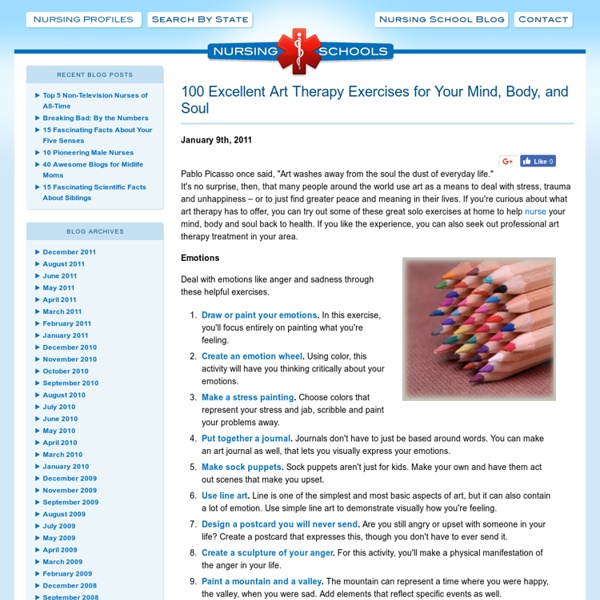The Science Of Auras & Energy
Kirlian photography is an amazing technique for creating print photographs that essentially show an objects aura! The discoverer of this technique, Seymond Kirlian was a Russian electrician and maintenance man at his local hospital. In 1939 he constructed an unusual device that places a sheet photographic film on top of a metal discharge plate that uses high voltage to create an exposure of an image. The first thing he photographed was his own hand! When he developed the picture, he saw a glow emanating from his finger tips. He tried this experiment on many different objects, and what he found was ASTOUNDING!
The 35 Best Web 2.0 Classroom Tools Chosen By You
If you’re not an avid follower of #edchat on Twitter, you may be missing out on a great opportunity to learn about some new Web 2.0 tools that are currently being used in classrooms around the world. That’s because @chickensaltash posed a simple question to the PLN and there has been a huge swell of support as hundreds of people have jumped in to answer the question about which 5 Web 2.0 tools teachers are using in classrooms. The Best of the Best
Understanding What Art Journaling Is: 10 Links to Get You Started
from an art journal by Dina Wakley Do you art journal? Are you wondering if you might like art journaling?
Growth Charts
<div class='noindex'>You may be trying to access this site from a secured browser on the server. Please enable scripts and reload this page.</div>
Owls, Foil, Glue, and Shoe Polish
(original artwork by David, grade 5) Art Club, Grades 1-6 This is one of my all-time favorite projects. The technique has been around for years, and I've loved using it several times with my students.
The Illusion Of Matter: Our Physical Reality Isn’t Really Physical At All
Niels Bohr, a Danish Physicist who made significant contributions to understanding atomic structure and quantum theory once said: “if quantum mechanics hasn’t profoundly shocked you, you haven’t understood it yet.” Quantum physics has left scientists all over the world baffled, especially with the discovery that our physical material reality, isn’t really physical at all. “Everything we call real is made of things that cannot be regarded as real.”
Web 2 Tools by Task
Avators: Build your Wild Self - create a self portrait and learn about the animal parts incorporated into your avatar. Mikons - where people communicate through visual symbols, logos, icons, or avatars to tell a story Voki.com is a web application that produces animated characters to which you can add your voice (or anybody else’s).
Wax paper and art journals
by aisling d'art ©2006 I use wax paper to separate damp art journal pages so that they don't stick together. Wax paper is inexpensive, very slightly porous (so the pages dry underneath), and easy to use. You'll find wax paper at the grocery store, in the aisle with foil and plastic (cling) wrap. When I'm separating journal pages with wax paper, I cut or tear the wax paper so that it's slightly larger--at least one-half inch--than the pages that I'm working with. The key to successfully using wax paper to separate them, is not to allow much weight on the wet pages.




Thanks for these simple but very inspiring exercices. For sure, they can be very surprising and efficient. by canachine Apr 7